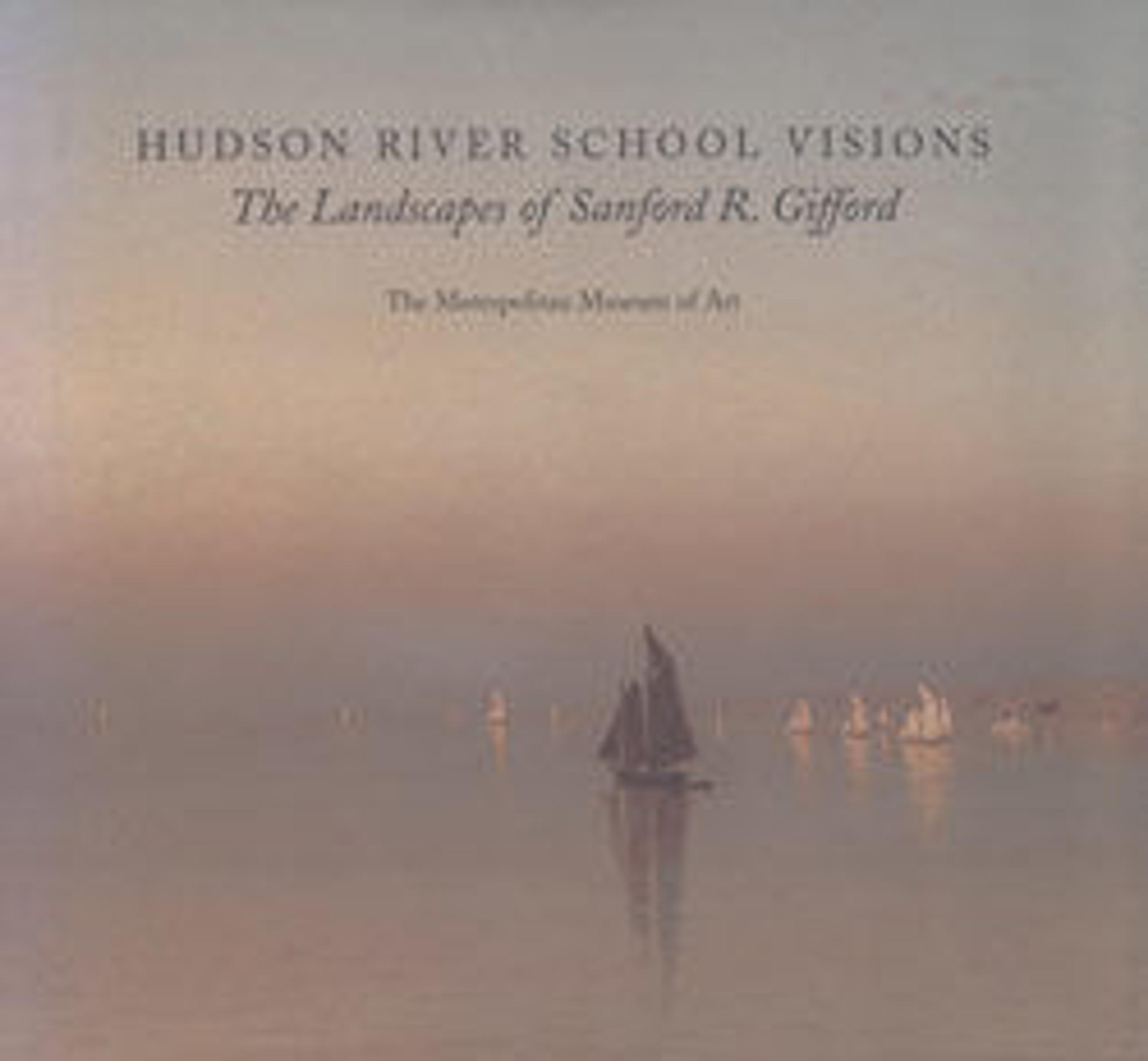Sanford Robinson Gifford
Johnson's sensitive portrayal of the landscape painter Gifford, his friend and neighbor in the Tenth Street Studio Building, formerly in lower Manhattan, was executed in the year of Gifford's death. Originally owned by Gifford's widow, it was bequeathed to Richard Butler, one of Gifford's most avid patrons, who instantly donated it to the Metropolitan Museum. Both men were founders of the Museum, which in 1881 accorded Gifford the first monographic show ever mounted by the institution. Johnson's warm, ruminative characterization of the artist may well be posthumous; the quiet self-possessed stare yet faintly melancholic repose of the sitter's visage are further complicated by the strong ambiguity of light and dark dividing it, seeming to illustrate emotional conflicts perceived by another of his close friends and revealed in a eulogy to the artist: "His character ... was serene and placid, resting on resources within himself. That placidity of the surface was an indication of the depth of the stream that flowed within, whose floods, and swirls, and eddies often caught him from the light and carried him into cavernous depths of shade."
Artwork Details
- Title: Sanford Robinson Gifford
- Artist: Eastman Johnson (American, Lovell, Maine 1824–1906 New York)
- Date: 1880
- Culture: American
- Medium: Oil on academy board
- Dimensions: 26 3/4 x 22 1/8 in. (67.9 x 56.2 cm)
- Credit Line: Gift of Richard Butler, 1888
- Object Number: 88.16
- Curatorial Department: The American Wing
More Artwork
Research Resources
The Met provides unparalleled resources for research and welcomes an international community of students and scholars. The Met's Open Access API is where creators and researchers can connect to the The Met collection. Open Access data and public domain images are available for unrestricted commercial and noncommercial use without permission or fee.
To request images under copyright and other restrictions, please use this Image Request form.
Feedback
We continue to research and examine historical and cultural context for objects in The Met collection. If you have comments or questions about this object record, please contact us using the form below. The Museum looks forward to receiving your comments.
